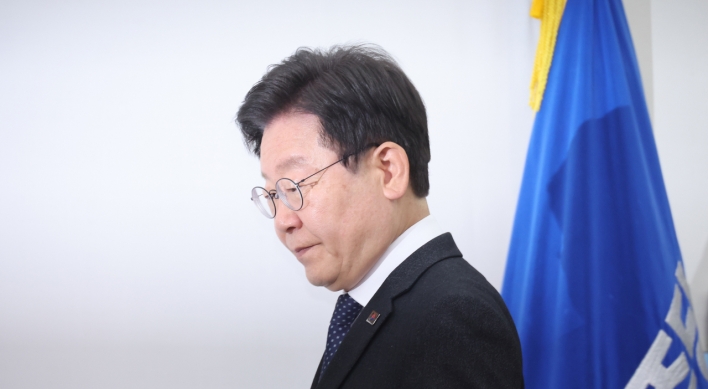As the end of the 6-month long Milan Expo is fast approaching, the eyes of the world seem to focus on the fashion capital of Milan. Beginning May 1, the world’s largest event under the theme of “Feeding the Planet, Energy for Life” has attracted more than 12 million visitors for the last four months. More than 2.5 million visitors came from major European countries such as France, Germany and Switzerland.
The Expo is a huge open platform that transcends time and space. For a limited time within the delimited space, countries of the world build their national pavilions to present the essence of their culture and industry as well in line with the theme. Since the first expo in London in 1815, it has been a place for presenting and showcasing participants’ major products and advanced technologies.
The characteristic expo in modern days has changed greatly. Participating countries abstain from boasting of their culture and economy. On the contrary, it has become a new platform for the countries to share ideas and exchange alternative solutions to the problems the world is faced with. Furthermore, the expo has turned into a truly universal and comprehensive cultural event overcoming the limit of trade and commerce-centered event in the past.
Another reason why the Milan EXPO is attracting worldwide attention is its theme. In order to fulfill the theme “Feeding the Planet, Energy for Life, participating countries are proposing their solutions based on their experiences and traditions. It is not a place to propagandize national foods and culinary culture.
The theme of the USA Pavilion is Food 2.0. Truly like a food-truck nation with hamburgers and coke, they operate many food trucks and sell hamburgers with unconventional patties. The U.S. pavilion tries to showcase the country as an innovator. One innovation, for example, is its huge vertical farm, encompassing one section of the wall of the pavilion.
The Japan pavilion tries to tell everything about their food. Their plastic food samples, looking more real than natural food, seduce the eyes of visitors. The media table is a carousel of Japanese foods, telling the endless stories of Japanese foods. The German pavilion is very educational. It tries to raise awareness of nature as the basis of nutrition and at 100 thematic stations under the themes of water, soil, climate and biodiversity Germany presents ideas and solutions for food security in the future.
Under the theme “You are What You Eat,” Korea has tried to depict the food-related problems of overconsumption and overproduction of processed foods in many developed countries -- the main cause of obesity, depletion of natural resources and environmental pollution. In contrast, more than 800 million people are suffering from a lack of quality water and food. As an alternative food for the future, the Korea Pavilion proposes hansik, which emphasizes balance, harmony and fermentation.
The Hansik Restaurant in the Korea Pavilion has been enjoying a reputation as one of the best in the expo in terms of quality, service and price. It offers three thematic menus: harmony, healing and health served in a designed celadon plate, which are fanciful enough to capture the eyes of visitors instantly.
The modern and conceptual interior in black-and-white tones is a perfect match with the pavilion and the exhibits. Sitting on the bar table and looking at the beautiful scenery outside through the huge glass windows is a bonus to the delicious food. The thematic menus, designed and tested for several months to appeal to the locals have become one of the most talked about topics among journalists and gastronomes in Milan. Korean food, which was unknown to the Italians, have now become one of the most wanted food in the expo. Thanks to Hansik Restaurant, many Korean restaurants in downtown Milan are visited by many locals who enjoyed Korean food at the expo for the first time in their life.
In order to globalize Korean food, there are several lessons we can learn from Italy. Pizza, born and made in Italy, was not well-known before World War II. Italians after the war migrated to the United States and changed their traditional pizza to please the taste of Americans by using local ingredients, while maintaining the traditional elements of pizza such as dough, tomato sauce and cheese. When Korean food, based on the tradition, are merged with local ingredients according to the culinary culture of the locals, it will truly be a global food enjoyed by citizens worldwide every day.
This is what we call “localization of hansik.” At Hansik Restaurant, there are a few Italian chefs who are practicing cooking skills and once the expo closes, they will open a Korean restaurant and localize Korean food in Italy and in other European countries. We have to note that local people have played a pivotal role in the globalization of Italian, Japanese and Chinese foods.
The globalization of Korean food is not a mere dream. We, here at the Milan EXPO 2015, saw the silver-lining of the globalization of hansik. This is one of the most important assets we have acquired through the participation at this expo. The Korea Pavilion has planted a small seed of hope in the hearts of the millions of visitors and when they return home after the visit, we believe that the seed will grow and produce fruits.
By Jo Deok-hyun
Jo Deok-hyun is the director general of the Korea Pavilion at the Milan Expo. – Ed.





![[Herald Interview] 'Amid aging population, Korea to invite more young professionals from overseas'](http://res.heraldm.com/phpwas/restmb_idxmake.php?idx=644&simg=/content/image/2024/04/24/20240424050844_0.jpg&u=20240424200058)











![[KH Explains] Korean shipbuilding stocks rally: Real growth or bubble?](http://res.heraldm.com/phpwas/restmb_idxmake.php?idx=652&simg=/content/image/2024/04/25/20240425050656_0.jpg&u=)

